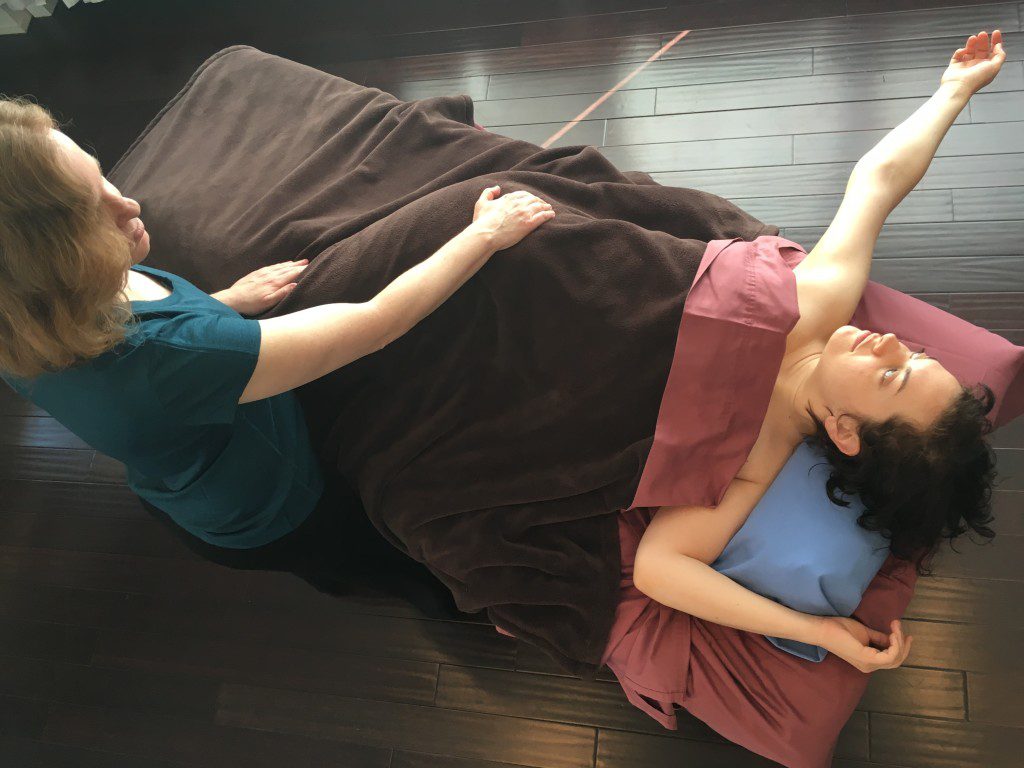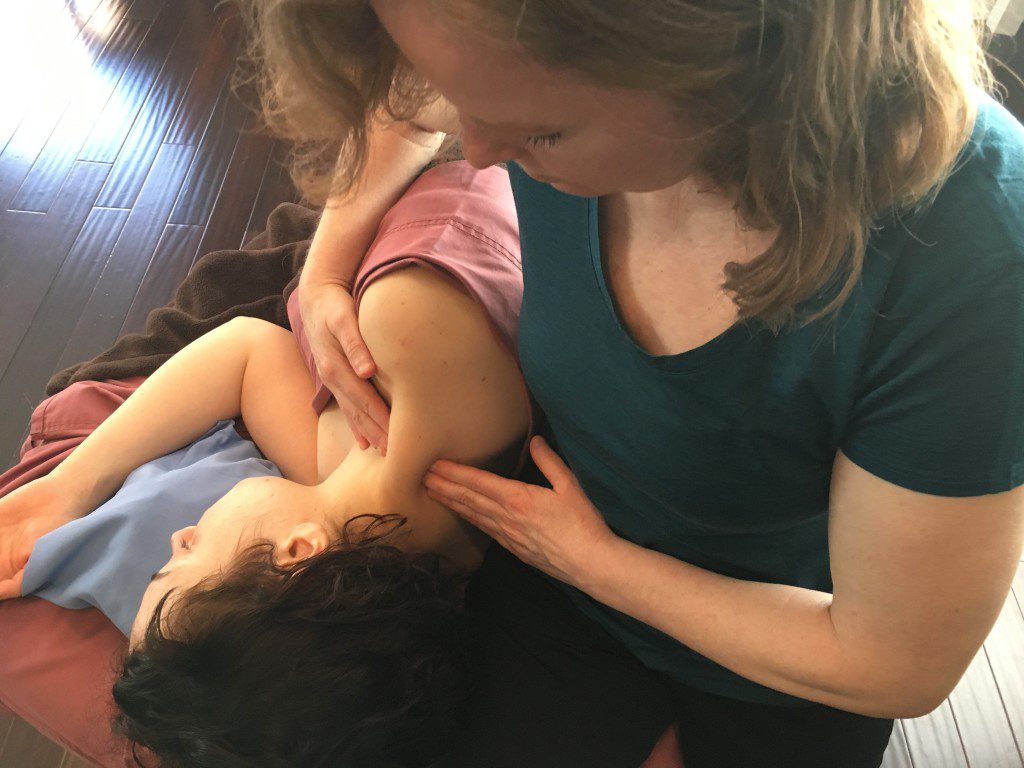Marnitz Therapy
Marnitz Therapy is a neuromuscular therapy, and is also known as Schlüsselzonenmassage (Key Zone Massage). It was developed in Germany by Dr. Harry Marnitz in the 1950s. In contrast to prevailing symptom-oriented soft tissue therapies, Marnitz utilized knowledge of neuro-physiological functional chains in his technique to create a holistic, findings-based therapeutic method.
Marnitz observed that an injury, be it from trauma or strain, frequently leads to a reaction in the entire nerve segment of the primary injury site. This is how a herniated disk in the lumbar spine can cause dysfunction along the corresponding nerve pathway (pain in the leg, hip or buttocks) as well as consequences in the thoracic and cervical spine. Marnitz calls these peripheral reflex zones “key zones” that, when left untreated, can prevent full rehabilitation.
Marnitz Treatment Structure
The treatment structure is geared towards typical reflex shifts in the body, the so-called key zones. Painful conditions in the spinal column are not only local, but always lead to abnormal “reflex” changes in the periphery. Specific soft-tissue techniques, stretches and mobilizations bring about not only local pain and muscle tone reduction, but also reductions in peripheral areas due to the technique’s effect on neural pathways, or reflex arcs.
The goal of Marnitz Therapy is to apply a “centripetal healing stimulus” by also treating the peripheral reflex zones. The therapist does not necessarily work very long on the area of pain or restriction. By working above and below the area of pain (key zones) the entire complex is addressed and results in dissolving long held pain patterns.


Benefits
- Reduces tone in musculature which reduces compression on blood and lymph vessels, joints and nerves
- Opens vessels in capillary bed, improving microcirculation
- Improves functioning of the musculoskeletal system
- Pain reduction
- Improves lymph fluid return without negatively influencing (lymph)edema
Indications
- Acute and chronic musculoskeletal pain and restriction
- degenerative changes in the spine
- arthro-muscular dysfunction (disk protusion/prolapse, shoulder, hip impingement, etc)
- muscular imbalances
- post-traumatic and post-operative soft-tissue problems (mastectomy, knee replacement)
For lymphedema patients:
In Germany Marnitz Therapy is routinely offered by physical and lymphedema therapists to address common issues experienced by lymphedema patients:
- muscle strain from weight of edematous limb
- decreased mobility caused by pain or surgical scars
- overuse of unaffected side
- unconscious guarding of surgical or procedure site
Marnitz Therapy is a deep tissue technique that is safe for people with lymphedema to receive. By treating the entire spinal segments on the trunk and key zones, Marnity Therapy can affect the edematous limb reflexively and avoid increased lymph production. In fact, lymphatic return is improved by relaxing muscles and restoring more functional movement. Therapies that increase circulation in the affected quadrant such as heating pads, saunas and many massage modalities are contraindicated.
It is important for people with or at-risk for lymphedema find a massage therapist who is certified in MLD or trained in oncology massage who can appropriately modify massage techniques to prevent triggering or worsening lymphedema.
Madge studied Marnitz Therapy in Germany with Johanna Blumenschein, who has been practicing and teaching Marnitz Therapy in Berlin since 1989.
